Have you ever heard about the Great Emu War?
The great emu war, or simply the emu war, happened about 90 years ago in Australia. In November of 1932, the Australian government assigned a military operation to the Commonwealth military forces of Australia to eradicate a fearsome and ferocious enemy- emus. 2,500 rounds of ammunition, and a month later, the military conceded defeat.
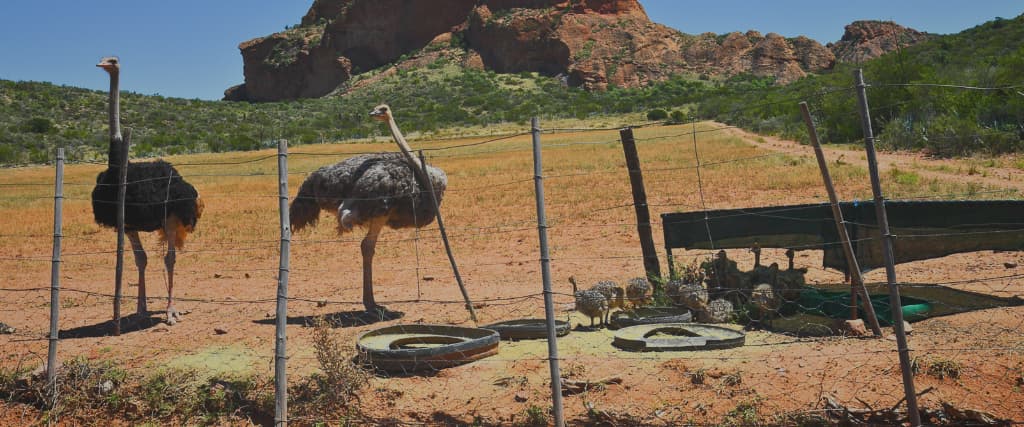
Yes, Australia did lose a war to a flightless bird.
A few years after WW1, most Australian ex-soldiers and some British veterans became farmers in Australia’s Western plains because they lacked other employment opportunities.
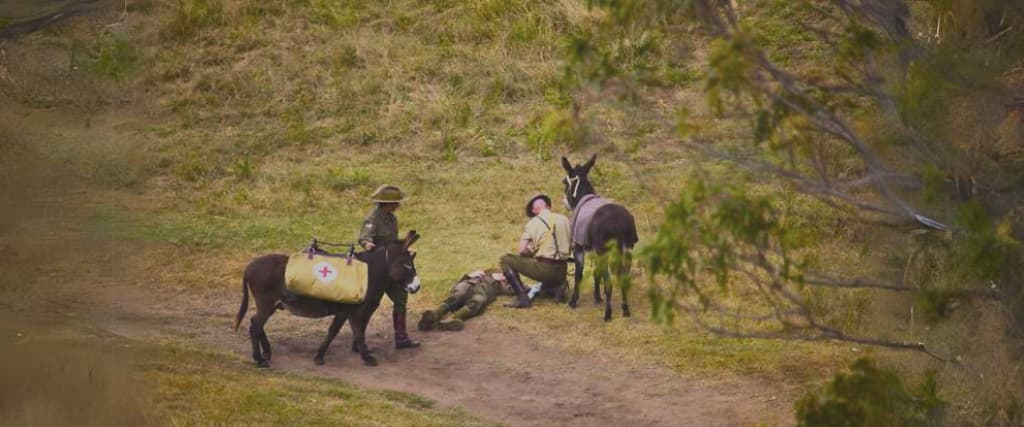
The number of ex-soldiers given pieces of land by the Australian government was approximately 5,030. The soldiers were supposed to convert the land into farms where they could rear sheep and cultivate wheat. However, this arduous task was even more difficult because the soldiers lacked government support.
In 1929, the Great Depression happened, and farmers were forced into even more dire situations as the government encouraged them to multiply wheat production, promising them assistance and subsidies but failing to honour their promise.

Then the emus attacked. A mob of over 20,000 emus converged on the soldier’s fields out of the blue, swiftly stomping, eating, and destroying their crop. If the farmers had been in a bad situation before, this was now a crisis, and no one blamed them for thinking the worst.
After breeding, emus usually migrate and head away from the inland areas toward the coast. The migrating emus stumbled into the cultivated plains, finding food, water, and cleared land. The emus deemed the Western plains a suitable habitat with the available resources and began exploring deeper into the farmlands.
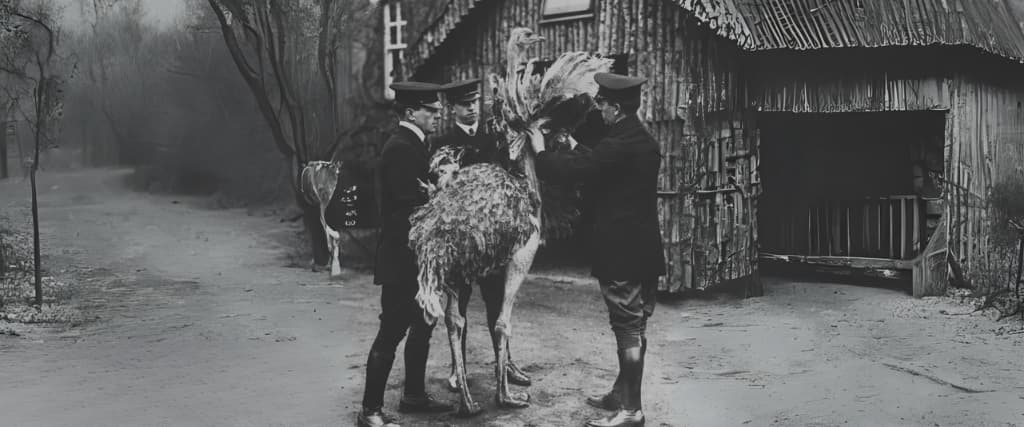
The trained veterans soon learned that deterring a determined mob of 20,000 emus is even more daunting than it sounds. The vast number made the veteran’s efforts insignificant as a few riffles barely did any noticeable damage, and the veterans were soon forced into desperation.
The despairing farmers turned to the army and sought help against the intruding emus. As absurd as it sounds, the Australian military responded and agreed to help the veterans fight the fearless flightless birds.
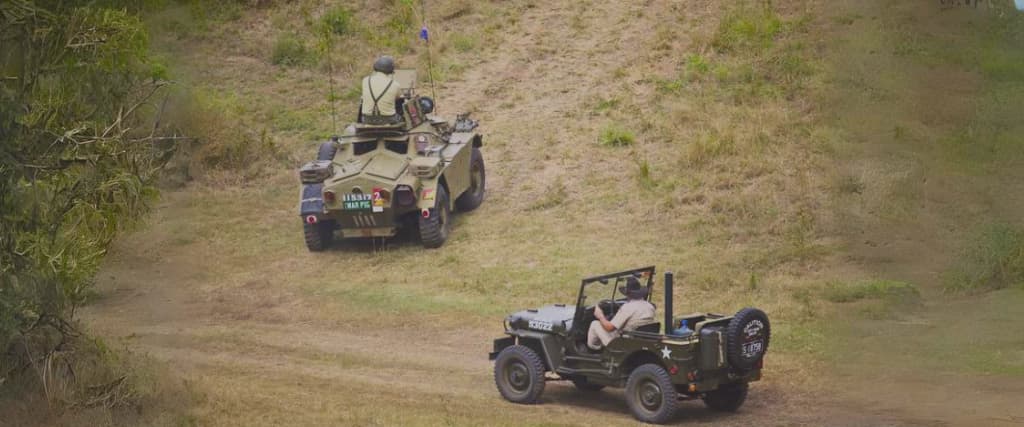
True to their word, Major G.P.W Meredith commanded a troop of 2,000 soldiers armed with ammunition and machine guns into the Western plains to meet the ferocious emus in battle.
2,000 soldiers, 2,000 machine guns, and 20,000 emus. It all sounds like an action movie.
The operation didn’t go as planned. It was set to commence on 31st October, but heavy rainfall scattered the emus. Two days later, 100 emus were sighted. The veterans and soldiers attacked, drawing first blood.
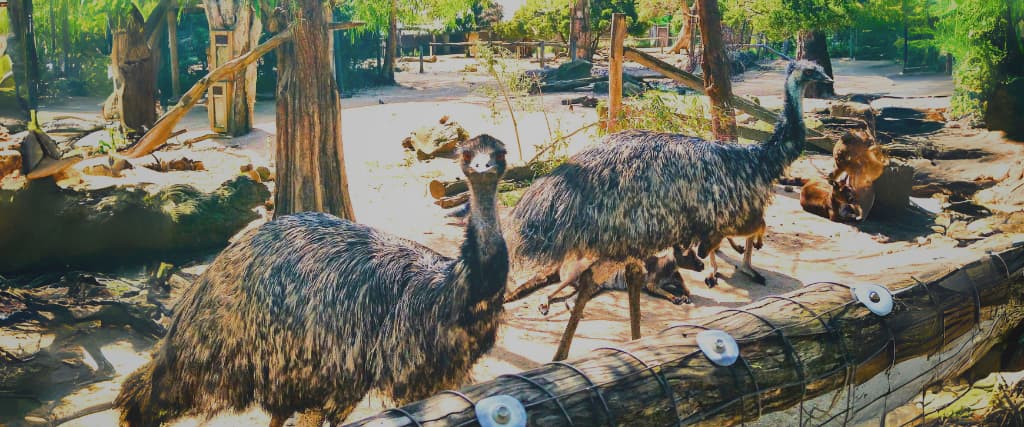
They killed a dozen emus and wounded several more. Everything worsened from there.
Another group of 1,000 emus was spotted at a dam on 4th November. The soldiers hid, waiting until the emus got closer before ambushing. They killed another dozen emus before their guns jammed, allowing the birds to escape.
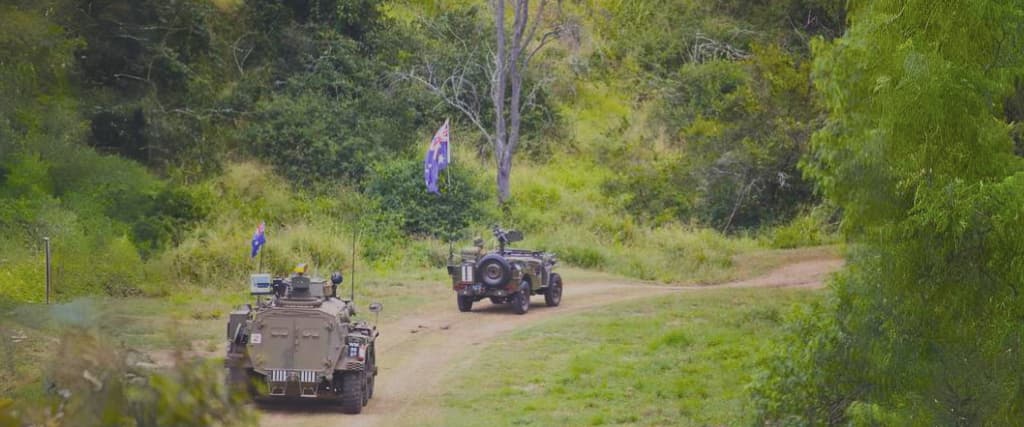
The soldiers spotted fewer birds as the days progressed, but the intensity of crop damage was yet to reduce. The soldiers were stupefied by the emu’s guerilla tactics, causing them much frustration.
The Major mounted machine guns on one truck and chased the birds down. However, he quickly learned that the emus outmaneuvered the truck in the area’s rocky terrain, making it impossible to shoot them.
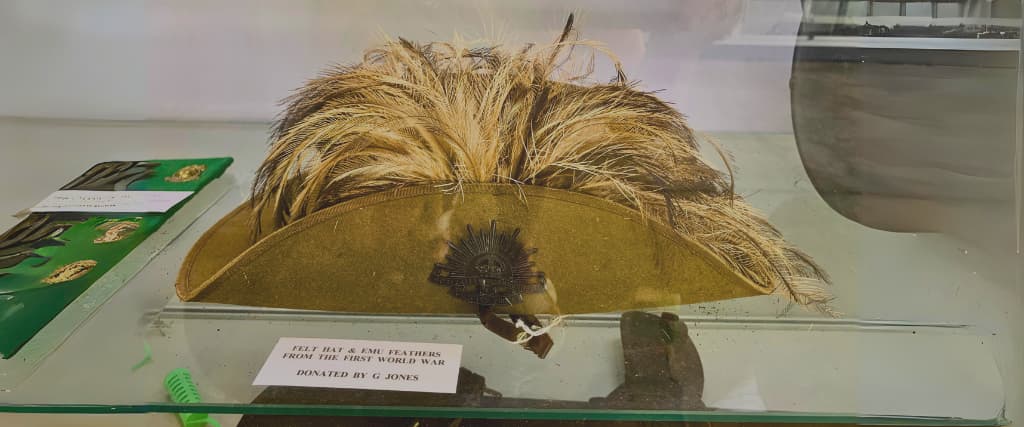
By 8th November, the soldiers had already used up a quarter of their ammunition (2,500 rounds) but had only managed to kill 200 emus. The operation had become an embarrassing and frustrating ordeal for the government, which soon recommended that the troops withdraw from the farms. For now, the emus were the victors.
But the operation wasn’t over yet. The emus continued to attack the farms, causing even more desperation among the farmers. They demanded assistance, forcing the operation to resume on 13th November.
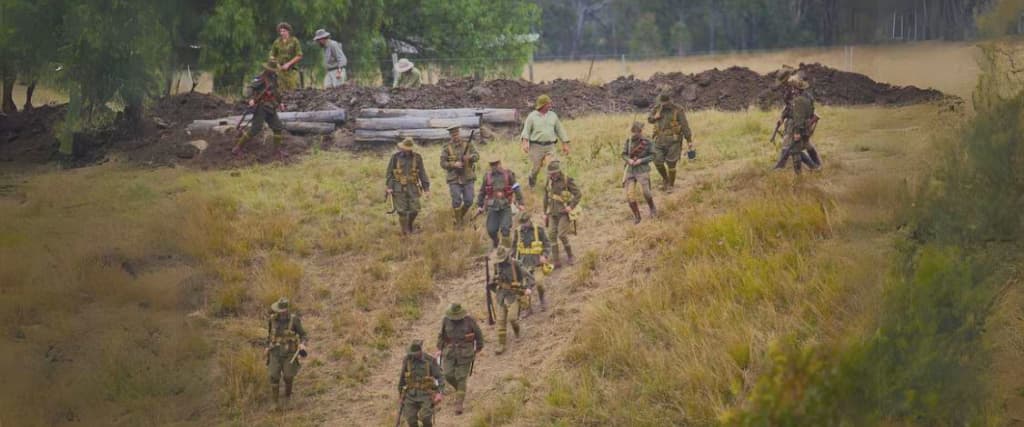
The soldiers averaged 100 kills every week. According to the official tally, the troops used up 9,800 rounds to kill 986 emus, meaning it took ten rounds to kill a single bird. Based on speculations, 2,500+ birds died from gunfire-related injuries, but the number wasn’t confirmed.
On 10th December, the government recalled the soldiers after the suspension of the operation. Even though there were no casualties, everyone deemed the operation a failure.
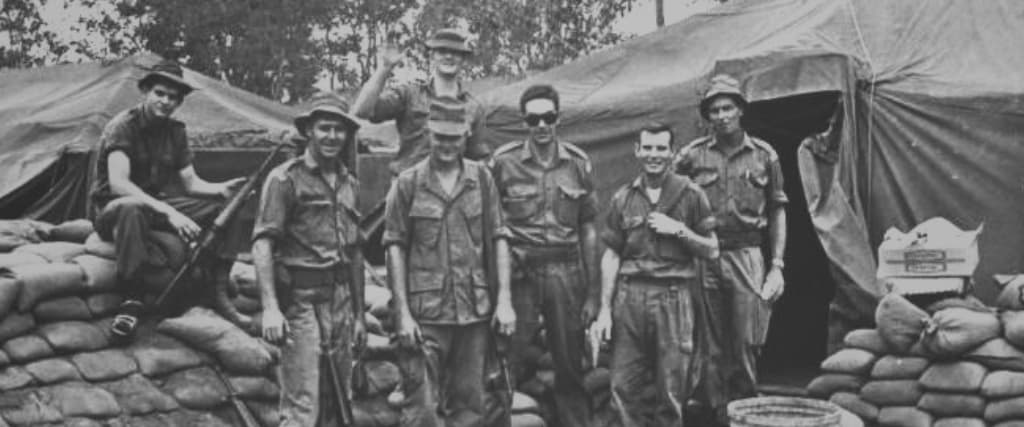
The emus’ continued attacks on the farms forced the farmers to mount more pressure on the government. It soon reinstated the emu bounty system after making it inactive in 1923.
The bounty system worked much better than the military operation, killing 57,034 birds within six months in 1934.
The bounty system was active even into the 1960s. However, the birds were granted protection due to environmental conservation measures, and the culling of emus soon stopped.
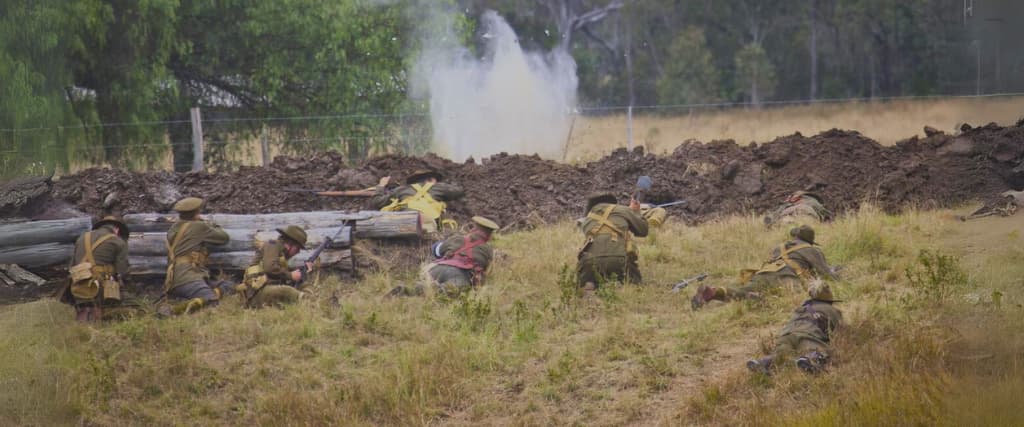
According to environmentalists, Australia has a stable population of emus, ranging from approximately 600,00 to 700,000 emus. The Great Emu War taught us that the emus should not be underestimated, so there is little likelihood of another clash.
